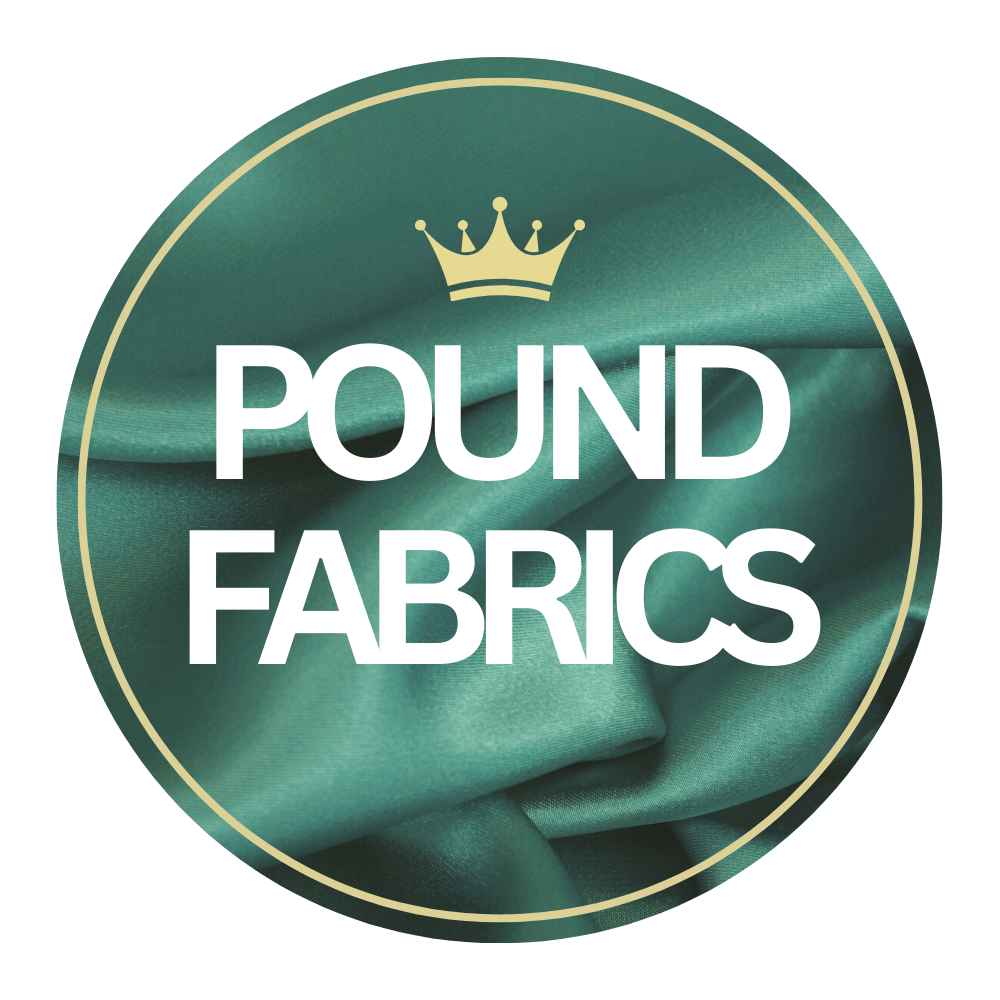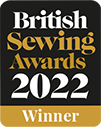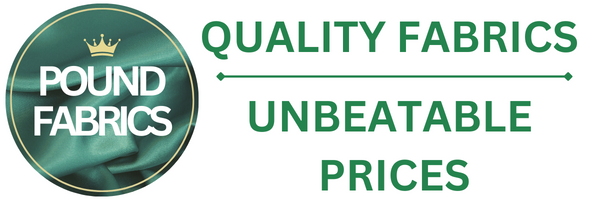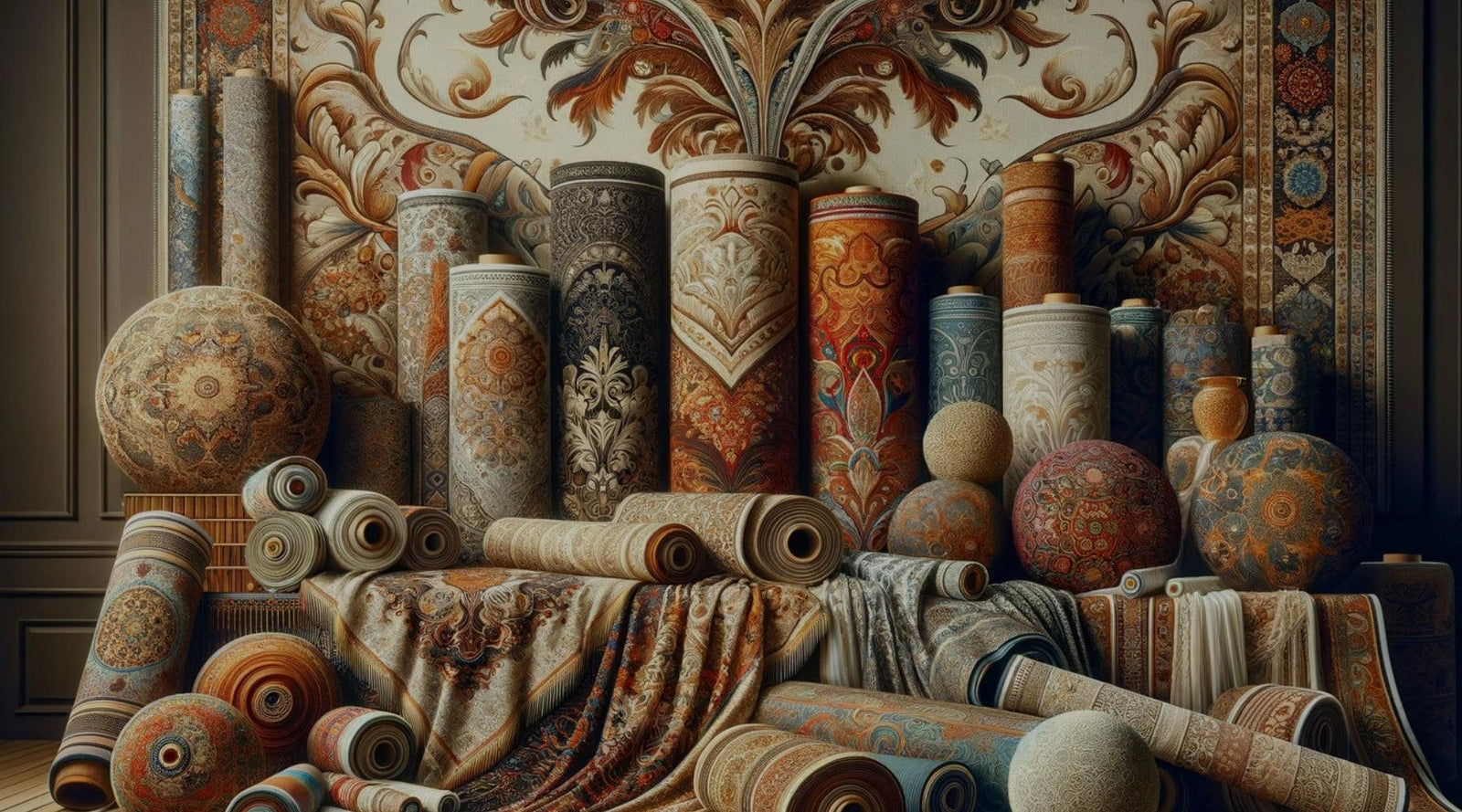What is Velvet Fabric?
Velvet is a fabric loved for its softness, elegant drape, and luxurious sheen. Unlike cotton or wool, velvet isn’t a specific fibre but rather a fabric construction technique. It features a dense, short pile that gives it a signature plush texture.
For dressmakers, velvet is a perfect choice for creating elegant eveningwear, sophisticated blazers, and stylish accessories. Whether you’re sewing a glamorous gown, a chic cocktail dress, or a timeless skirt, velvet adds depth, richness, and sophistication to any design.
A Brief History of Velvet
Velvet has a long and interesting history and became popular in Europe during the middle Ages. Some believe it originated in Asia, possibly China, thousands of years ago. Because making velvet was complex, it was initially expensive. Only wealthy people could afford it.
Over time, as manufacturing methods improved, velvet became more accessible. It has been used for royal robes, fancy dresses, and even furniture throughout its history. Today, while still seen as a luxurious fabric, velvet is used in many ways.
How is Velvet Made?
The unique texture of velvet is due to its special construction. It's woven on a loom using two sets of warp yarns and one set of weft yarns. The extra warp yarns create loops on the fabric's surface.
These loops are then cut, forming the short pile that makes velvet so soft. Sometimes, the loops are left uncut, creating a looped pile of velvet. Different fibre types can be used, like silk, cotton, or synthetics, which affect the final fabric's properties. The density of the pile also influences how the velvet looks and feels.
What is Velvet Fabric Used for?
Velvet is a versatile fabric used in many ways. It's popular for clothing, like dresses, skirts, jackets, and even pants. Its elegant drape makes it a favourite for special occasions. Velvet is also used for home decor.
It can be found on furniture including sofas and chairs, and items like pillows and curtains. Its soft texture adds a touch of luxury to any room. Many craft projects also use velvet. It can be used to make jewellery boxes, lined gift boxes, or even small pouches.
What Is the Difference Between Velvet, Velveteen, and Velour?
Velvet, velveteen, and velour are often mistaken for one another. While they share a similar look and feel, they are different. True velvet is woven with a cut pile. Velveteen is also woven, but it has a shorter pile than velvet, and it's often made from cotton.
Velour, on the other hand, is usually knitted, not woven. Knitted velour has loops that are often sheared, creating a pile. It can be stretchier than woven velvet or velveteen. Think of velour as more like a plush towel, while velvet is more like a luxurious drape.
Why Velvet is a Dressmaker’s Dream Fabric
Dressmakers love velvet fabric material because it:
- Elevates Any Design – The rich texture and sheen make even simple patterns look high-end.
- Drapes Beautifully – Perfect for elegant silhouettes and eveningwear.
- Works for All Seasons – Lighter velvets suit all-year-round wear, while plush velvets are cozy for winter.
- Adds Elegance to Accessories – Ideal for hairbands, scrunchies, handbags, and trims.
Tip for Dressmakers: Use velvet for classic Hollywood-style dresses, romantic skirts, or structured jackets. It’s also great for historical costumes and couture fashion.
Sewing with Velvet: Tips for Dressmakers
Challenges of Sewing Velvet & How to Overcome Them
- Cut in One Direction – Velvet has a nap, meaning the fabric looks different when viewed from different angles. Always cut pieces in the same direction to ensure consistency.
- Use Sharp Scissors or a Rotary Cutter – Prevents fabric from shifting during cutting.
- Pin with Care – Use fabric clips instead of pins to avoid leaving marks.
- Sew with a Walking Foot – Helps feed velvet evenly through the machine.
- Press with Steam, Not an Iron – Avoid crushing the pile by steaming from the wrong side of the fabric.
Best Patterns for Velvet: Bias-cut gowns, A-line skirts, structured blazers, and blouses with gathers or pleats.
Types of Velvet Fabric
Velvet comes in different types, each with its own characteristics. Silk velvet is considered the most luxurious, known for its sheen and drape. Cotton velvet is more common and less expensive, offering a softer feel.
Synthetic velvet, made from polyester or rayon, is often more durable and easier to care for. Crushed velvet has a textured, rumpled look, while panne velvet has a distinct sheen and flows in one direction.
Embossed velvet features raised patterns, adding another dimension to the fabric. Each type of velvet offers a unique look and feel, making it suitable for different projects.
The Velvet Ranges We Offer
Conclusion
From its rich history to its many applications, velvet has proven it's appeal to the masses. This luxurious fabric, with its distinctive pile and soft texture, adds a touch of elegance to everything from clothing and home decor to craft projects. Understanding the different types of velvet, like silk, cotton, or synthetic, helps you choose the perfect fabric for your needs. Whether you're searching for the drape of silk velvet or the durability of synthetic, velvet offers a many use cases.
Ready to start your next project with this beautiful fabric? You can buy velvet fabric directly from Pound Fabrics. Visit our website today to explore our wide selection of colours and textures.
Why Buy Velvet Fabric from Us?
When choosing velvet for your dressmaking projects, quality matters! Here’s why buying from Pound Fabrics is the best choice:
- Affordable Prices – Premium velvet at unbeatable prices
- Wide Colour Selection – From deep jewel tones to soft pastels
- Trusted by Dressmakers – Fabrics hand-picked for sewing quality
- Fast Shipping & Excellent Customer Service – So you can start your project without delays!
Shop Now: Browse our stunning velvet collection and find the perfect fabric for your next project!
FAQ
The Benefits of Velvet Fabric
Velvet offers a luxurious look and feel, adding elegance to clothing, upholstery, and crafts. Its soft texture is comfortable against the skin, and it comes in a wide range of rich colours.
The Drawbacks of Velvet Fabric
While beautiful, velvet can be delicate, prone to crushing or marking, and may require special care when cleaning.
Is velvet a Good Material for Upholstery?
Yes, velvet can be great for upholstery, adding a touch of luxury. But consider the type of velvet and its durability, as some may be more prone to wear and tear.
Why is Velvet Expensive?
Velvet's higher cost comes from its complex weaving process, which creates the signature pile, and the use of luxurious fibres like silk in some types.
Is Velvet a Fabric or Fibre?
Velvet is a fabric, not a fibre; it's made by weaving fibres together specifically to create its distinctive pile.
How to Clean Velvet Fabric?
Cleaning velvet can be tricky; often, spot cleaning or professional cleaning is recommended, and always check the care label to avoid damage.
Different types of velvet may require different cleaning methods. For example, silk velvet is often best professionally cleaned, while some synthetic velvets can be spot cleaned with a gentle detergent.
Is Polyester the Same as Velvet?
No, polyester is a type of fibre, while velvet is a type of fabric construction; some velvet is made from polyester, but not all polyester is velvet.
Does Velvet Fabric Shrink Easily?
Whether velvet shrinks depends on the fibre content; some, like cotton velvet, may shrink, while synthetics are generally more resistant, so check the care label.
Is Velvet Hard to Sew?
It can be tricky due to its texture, but using the right techniques—a walking foot, fabric clips, and careful cutting—makes it much easier to work with!
What is the Best Velvet for a Dress?
For structured dresses, go for Plain Stretch Velvet. For flowing, elegant gowns, Velvet Touch Satin is ideal.
Can Velvet Be Used for Everyday Clothing?
Absolutely! Plain Stretch Velvet and Digitally Printed Velvet are great for casual dresses, tops, and accessories.
How Do You Care for Velvet Clothes?
✔ Hand wash or dry clean for delicate velvet
✔ Gentle machine wash for synthetic velvets
✔ Steam to remove wrinkles instead of ironing
Can I Use Velvet for Accessories?
Yes! Velvet is perfect for scrunchies, headbands, purses, scarves, and decorative trims. Small scraps can be used creatively for patchwork projects or embellishments.
Why Does Velvet Cost More Than Other Fabrics?
Velvet requires a complex weaving process, and high-quality versions use luxurious fibres. However, our range includes affordable options for every budget!











Leave a comment (all fields required)